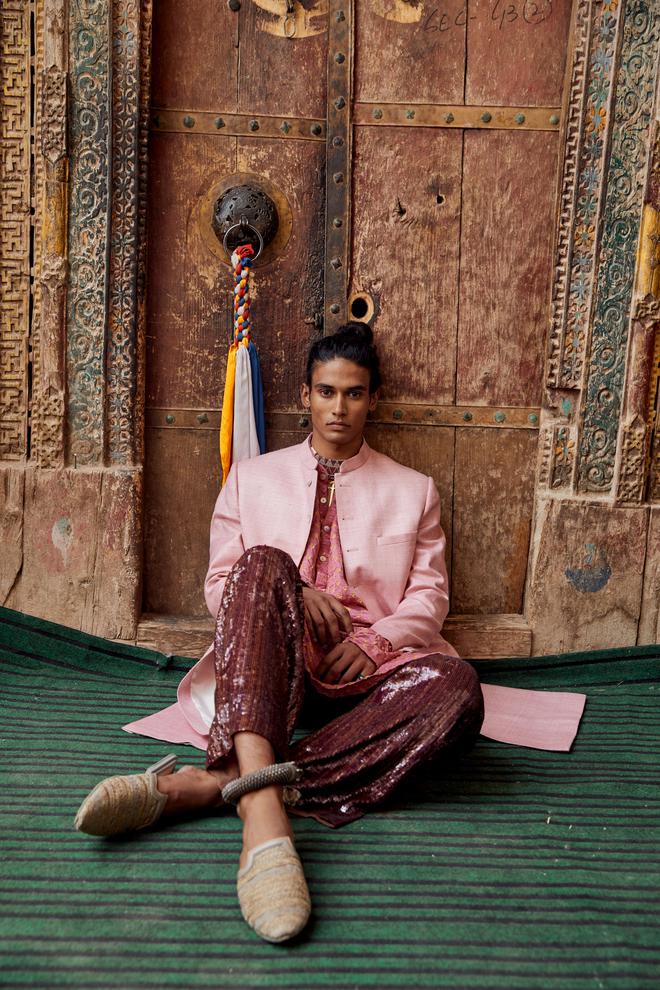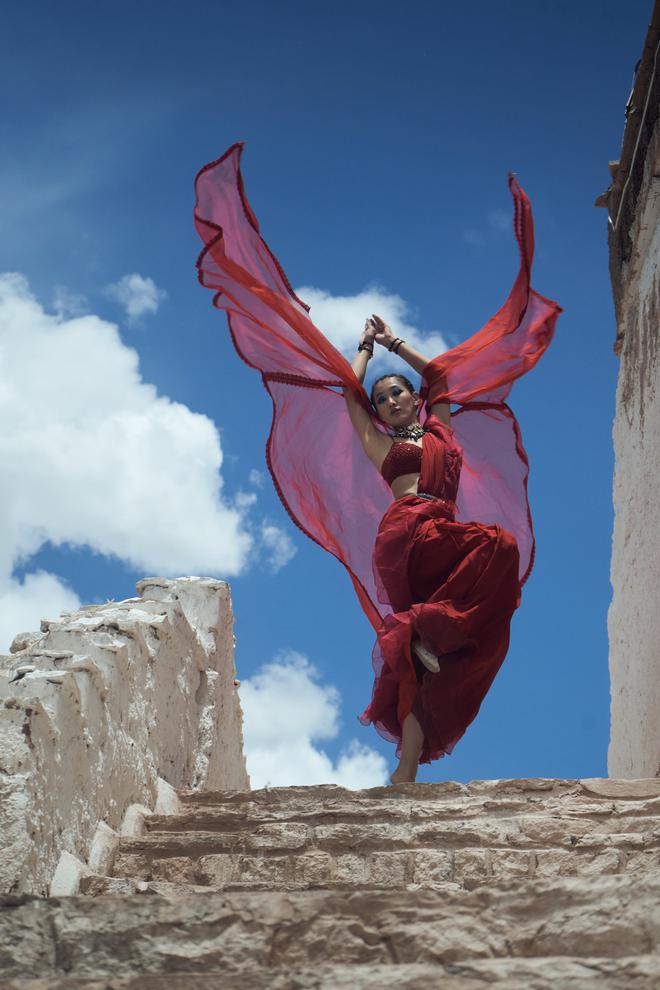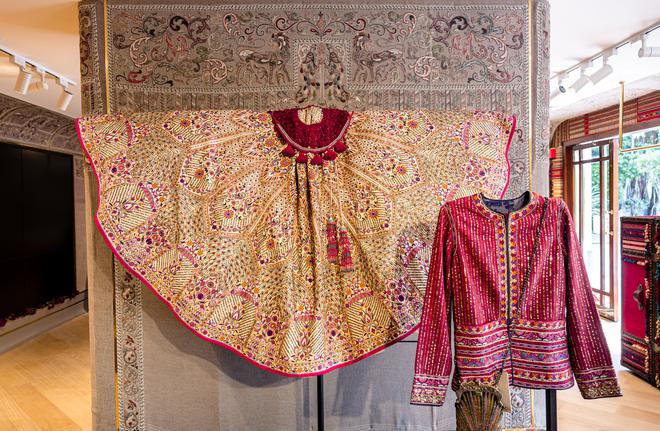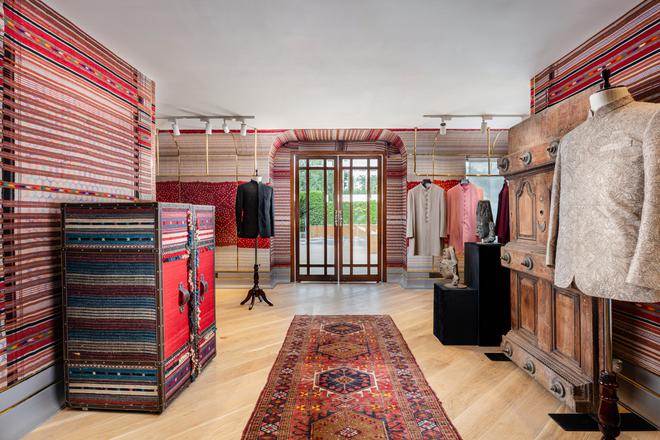
It is said, that after working for 10 years, you become famous overnight. In Jade by Monica Shah and Karishma Swali’s case, it is 15 years. Scratch that, actually it is consistent, creative, committed, and patient work over 40 years. Chanakya, their parent company (the name behind Dior and many other international’s brand’s world-class embroidery) was envisioned in 1984 by Vinod Shah (Karishma’s father and Monica’s father-in-law). Shah senior, with a bent towards poetry and music, found a calling in Indian crafts and formalised Chanakya with one clear goal: to take India’s finest craft and skill set to the world.

This year, the family managed to reverse that by helping co-organise the mammoth Dior showing in Mumbai. The world was invited to see the crafts of India. The sisters-in-law have had a busy year — Karishma, along with Chanakya School of Embroidery, brought to life via textiles and embroidery, visual artist Marta Roberti’s designs as a tapestry for Dior’s Fall-Winter 2024 Haute Couture show. In addition, the duo had its fourth credited collaboration at Paris Couture Week. Monica has personally designed the twin stores in Delhi with expansions planned in Bengaluru and Ahmedabad.
Shooting for the stars
Known for its intricate, ingenious embroidery and classic cuts, Jade has laid out the red carpet for its two new Delhi outposts. The men’s and women’s stores are separated by an expansive garden. Inside, the walls are adorned with shawls made in Barmer, and Bhuj, featuring kantha embroidery. “Buying luxury is an experience, so where you buy it should be one too!” Monica shares about her thoughtful decor.

Their new collection, Tara, consists of bridal ensembles inspired by the ‘shatkon’ — a triangle and its inverse, representing the union of the masculine and the feminine. The lehenga sets are displayed on rods, museum style. However, the real ‘star’ of Tara is the western couture section. In India, the word couture is often used interchangeably for bridal given how bespoke each piece can get, but the brand’s reintroduction to a couture vocabulary, that is not sari-gowns is commendable. “For us, it’s actually going back. We started Jade with western silhouettes, and the market wasn’t ready to spend so much on a dress then, today our audience is far more discerning,” Monica opens up.

This western capsule focusses on embroideries like kasab and ektaar (a particular speciality of the house). There is a standout organza macrame top, a crochet maxi, fit for a boho bride, and museum-quality embroidered corset blouses that you can match with a skirt or a sari. Metallic clutches featuring embroidered shoulder straps, and reminiscent of real silver boxes owned by maharajas are scattered for you to style with your looks.

A bespoke room features vintage silver and tribal jewellery, missing connects or parts of these pieces are reconstructed with threadwork and embroidery patches, giving them an entirely new, elevated look. A vintage micro-bandhani lehenga sits in the centre of the room; reminding you that it would be impossible to replicate it today. “We have been collecting and acquiring old textiles for decades; in the future, we would like to add our brand of embroideries to some of them and offer it to a select clientele,” says Monica.

Lion-hearted
“Our entire life is dedicated to crafts, and this is an ongoing journey,” says Monica. The Dior association has put a spotlight on all of their endeavours, but to Monica and Karishma, Jade is an extension of their life’s purpose of preserving India’s crafts. To honour its 15th year, the brand revealed a new emblem — two lions — which you will notice everywhere, translated via different crafts — as a marble inlay on a wooden table, as a kasab embroidery motif on a jacket, guarding a vintage column taking centre space in the store and on a delicate gossamer, embroidered white panel. One lion gazes fondly towards the past, a sentinel of reverence to their legacy and the other, stares ahead, a testament to their relentless pursuit of relevance and innovation.







